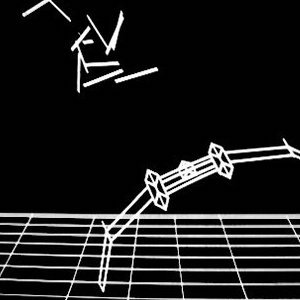R&D2go3D
Before you think ‘not another virtual reality or 3D printing post’- fear not and please read on! I am concerned that R&D, particularly product R&D, has gotten caught in the ‘product goggles’ trap. You know the trap I am talking about where everyone ooh’s and ah’s at the latest feature, interface, handle or widget. Where experts wax lyrical about ease of use and the level of ‘human centricity’ applied to a solution.
Senior Leadership and R&D groups need to significantly re-define the ‘What’ and the ‘Where’ of what they are R&D’ing in the first place. It has to go beyond technical development and adopt a much broader, higher level view- one that applies equal effort to the crafting of integrated service approaches, getting under the skin of behavioural compatibility, thinking about complete journeys, and full platforms.
This starts to bring us to fundamental questions like ‘who should own R&D’- is it ok that R&D is held by technical head whilst the main opportunity spaces lie in a new service elements or a new behavioural designs- beyond the usual 2D view? It shines a light on the type of capabilities and skill-sets needed in a near future approach to R&D- where storytelling becomes as important as CAD, and it forces new views on business structures and alignment- in a 3 dimensional business world does it make sense to have separate service, marketing, innovation, design and development departments?
Couple this with a growth in more holistic models like Business Model Canvas, and Doblin’s and it is easy to see the problems. And for all of the growth in a more integrated approach to ‘innovation’ -I see a real gap between the aspiration and the reality. Product companies can still view anything ‘beyond the product’ as an extension, or in worst case instances a pain.
In essence the ‘Thing’ is not just the ‘Thing’ anymore- it is an integrated, product service experience hybrid, supported by platforms, requiring deep human understanding’. It’s not just about IOT and all the fancy technologies people get hung up on (these are enablers).
By building a ground up view and redefining how to develop ‘things’ (as per the definition above) organisations will need to also design new approaches to engaging and integrating the resources they have to truly craft imaginative, 3D solutions.
Time to redefine.
